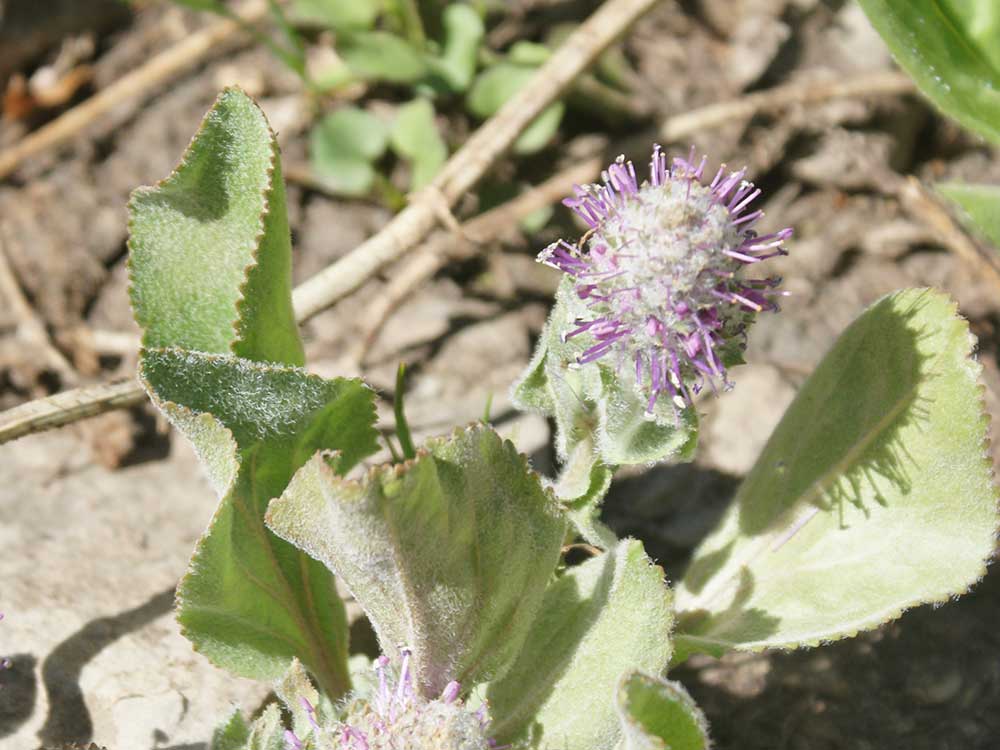Veronica wyomingensis / Wyoming kittentails
- alpine or subalpine (mostly); rocky outcrops
- short
- elliptical leaves with sharp toothed edges
- red/purple many-flowered inflorescence
Also known as: Wyoming coral-drops, Wyoming besseya
Synonym: Besseya wyomingensis
Although this species is considered a rare plant of the Rocky Mountains by some, IDFG considers it widespread and stable (not threatened or endangered) in Idaho. But you may have to go up pretty high to find it. It occurs on open slopes, from foothills and high plains to subalpine and alpine altitudes.
The first thing you will probably see is its flowers, or it’s inflorescences. The flowers are quite numerous teeny things, growing on a dense, terminal spike. Sometimes, but rarely, this can be six inches long, but usually it’s only a couple. No matter what it looks like, it does not have petals. Instead, each of the flowers is subtended by bracts at their bases and a calyx with unequal lobes joined at the base. You probably won’t see that. But you will see the projecting stamens. Each flower has two, and they are lavender to “dull purplish blue”. It is these that give the flowers their color. The individual filaments are up to ½ inch long. The styles are also red/purple and about the same length.
Wyoming kittentail leaves are mainly basal. They are elliptical in shape and 1-2 inches long. Their main feature is the small, sharp teeth along their edges. The bases taper to the petioles which may be as long as the blades. Leaves on the stems, in contrast, have no petioles and are smaller than the basal leaves.
A final note: if you decide to look this plant up on your own, good luck. Make sure you try all possible versions of its Latin and common names because it seems to be a real mess.
| Color | |
|---|---|
| Family | |
| Blossom size | |
| Inflorescence size | |
| Inflorescence type | |
| When? | |
| Where? |


